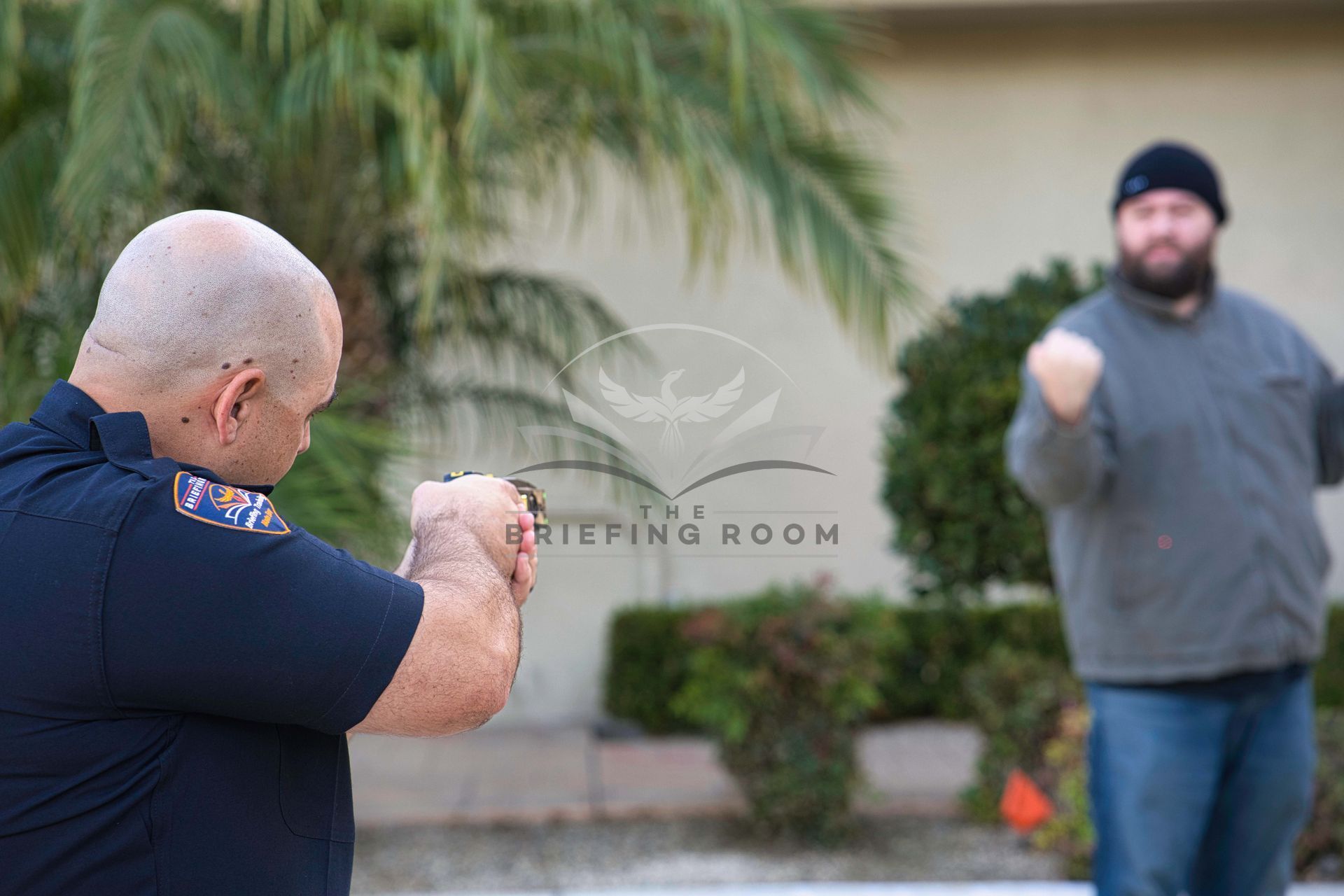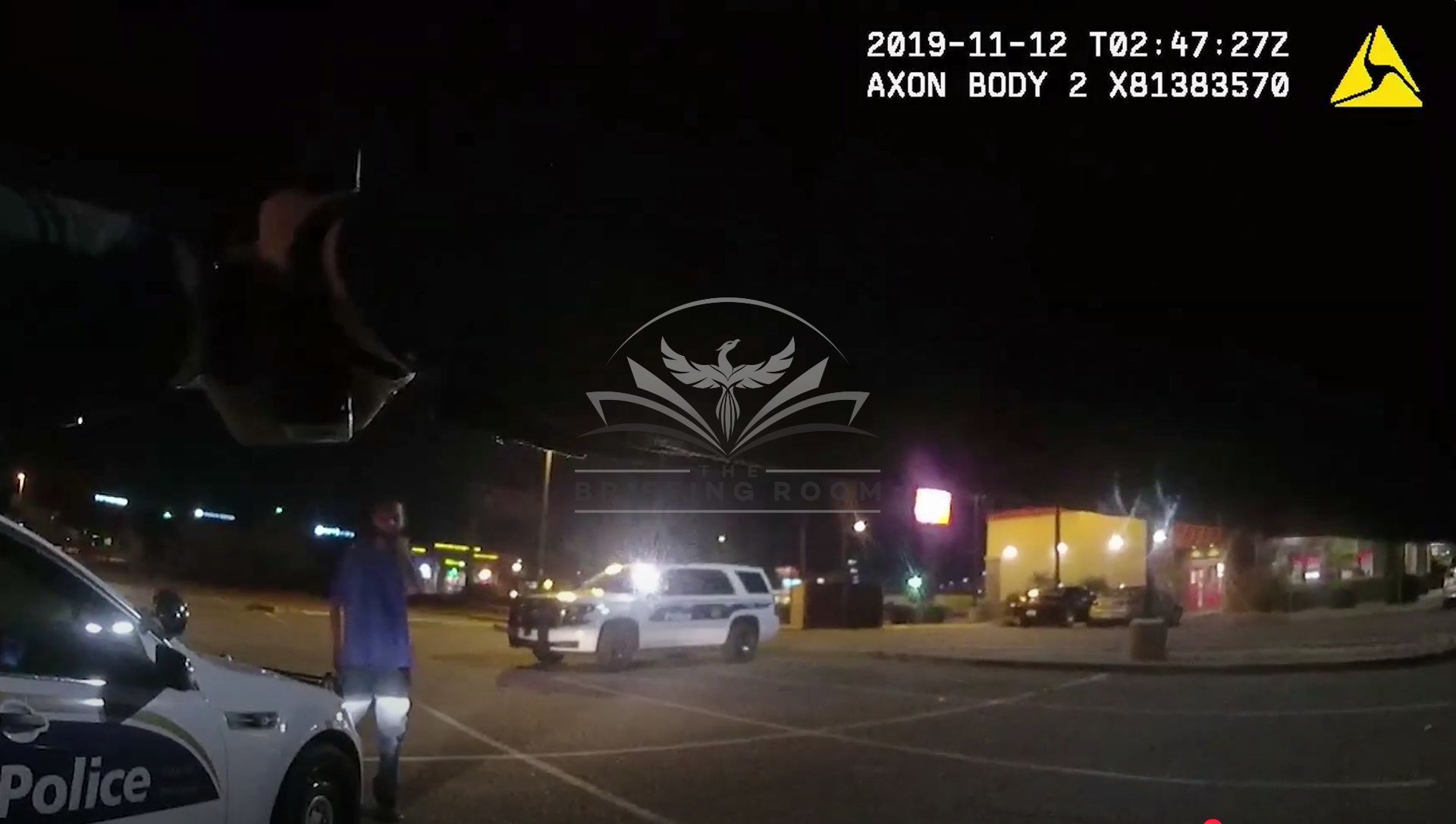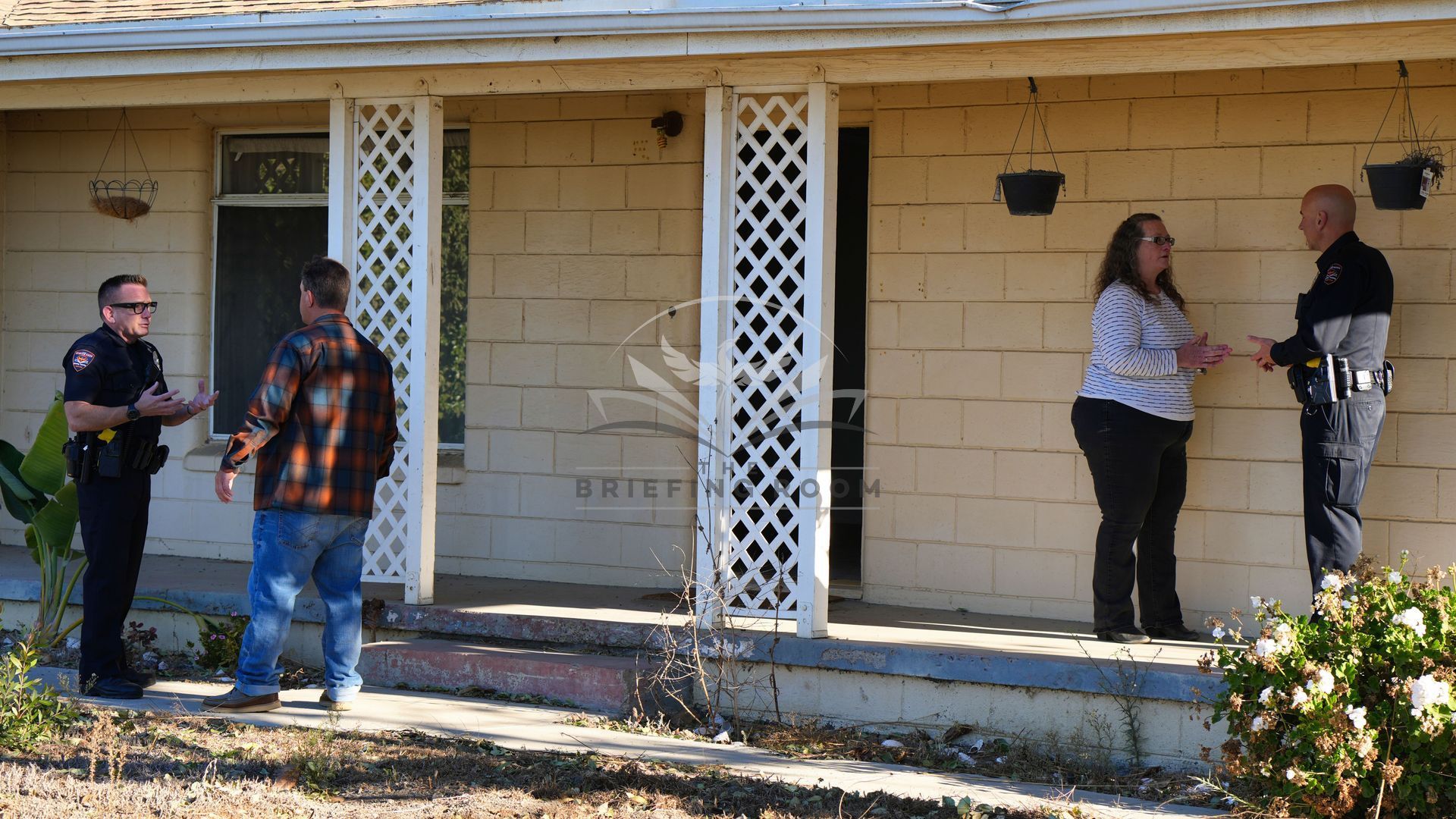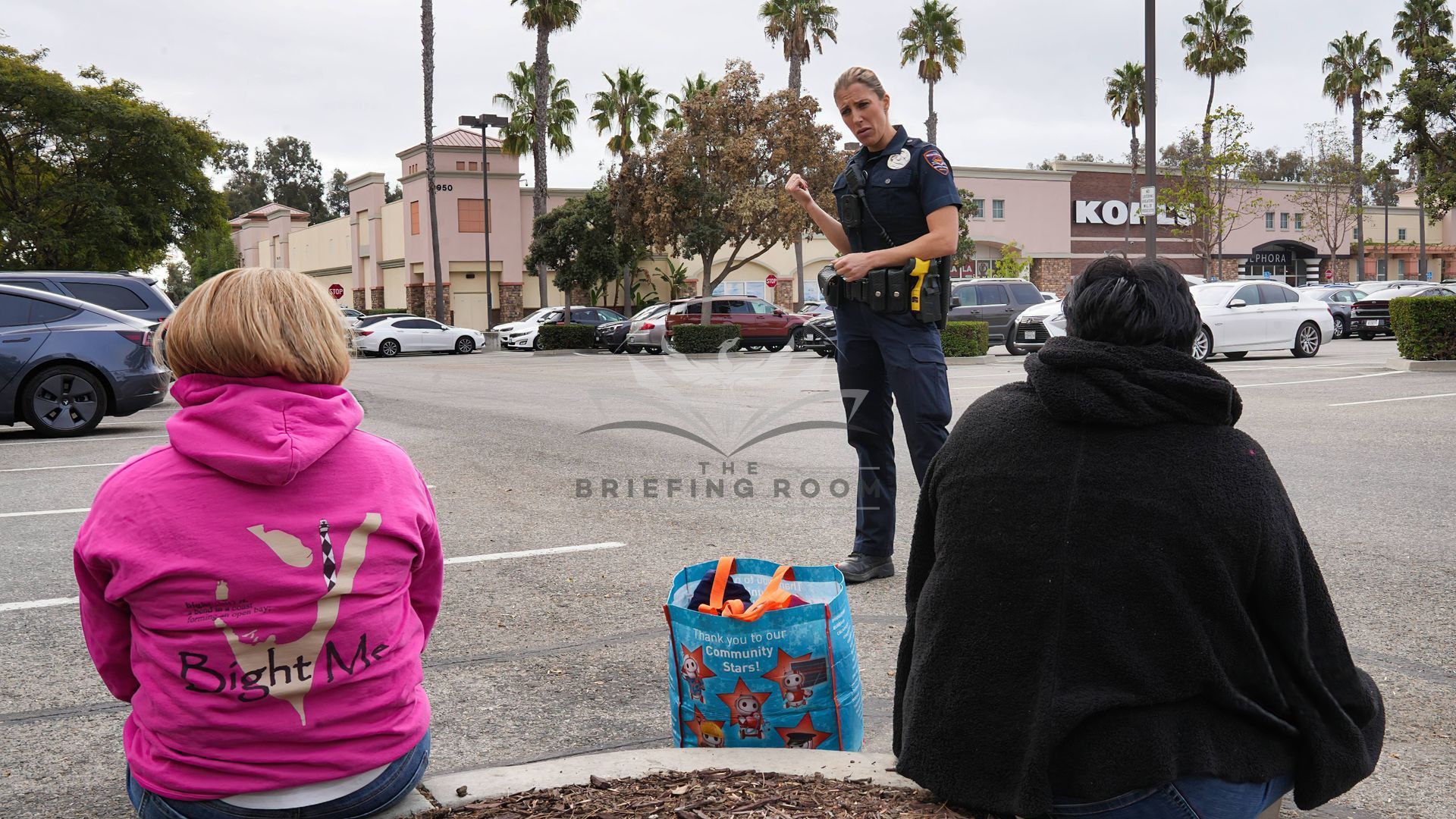"For Officer Safety Reasons, I..."

This post is only offered as a discussion topic only and does not represent legal advice. Officers must refer to the laws in their own State as well as their agency's policies, which can be more restrictive on officers that the law requires.
"For officer safety reasons, I…" is a statement that many officers still include in their reports as the only explanation of a person's threat, usually leading the officer to either pat the person down for weapons or use force.
Here's what the courts have to say about this simple statement…
“And in justifying the particular intrusion, the police officer must be able to specific and articulable facts which, taken together with rational inferences from those facts, reasonably warrant that intrusion.” Terry v. Ohio (1968, US Supreme Court) 𝘧
"A simple statement by an officer that he fears for his safety or the safety of others is not enough; there must be objective factors to justify such a concern.” Deorle v. Rutherford(9th Circuit Court, 2001)
“(The officer’s ) statement that (the suspect) never made his hands visible and held his hands close to his waistband, making (the officer)fear for his safety, are not enough on their own to establish an immediate threat to the safety of officers.” (Bun v. Livermore, District Court, ND California, 2022)
A simple statement such as, "For officer safety reasons, I…" is insufficient when explaining the threat a suspect posed. Instead, officers should list all the objective factors (facts only) that led them to be concerned for their safety or the safety of others.
Some examples of common objective factors include:
♦ The suspect was wanted for a crime of violence.
♦ The subject's violent criminal history.
♦ The officer's prior contacts with the person.
♦ The exact pre-assaultive indicators the person was displaying.
♦ The person was under the influence of drugs or alcohol.
♦ Less intrusive means failed to control the person.
♦ The lack of additional resources available to help.
♦ Information provided by witnesses.
Typically, officers on-scene identify these factors subconsciously, but they forget to articulate them when writing their reports or testifying in court.
And, based on numerous recent court cases, body cameras should be left on during the entire event to provide evidence that easily supports these objective observations.
The Briefing Room has a short training video available on this exact scenario so agency supervisors can easily train every officer in your agency on this essential topic.
90-Second Training Videos Your Supervisors Use During Briefing or Roll Call To Develop High-Performing Teams of Officers.
✅ Lower Liability
✅ Retain Officers
✅ Build Community Support
🌟 Produced Exclusively by Active-Duty Law Enforcement Instructors 🌟



